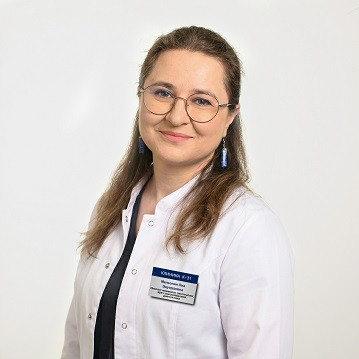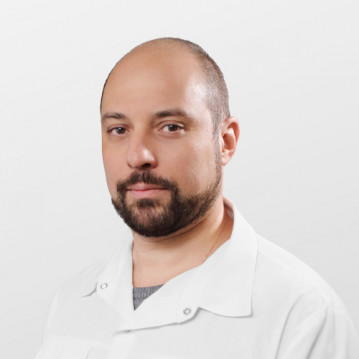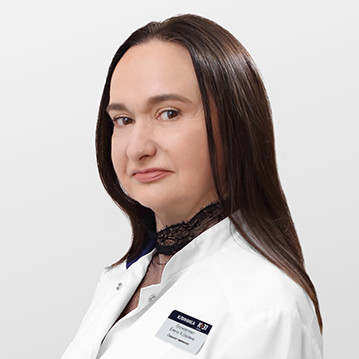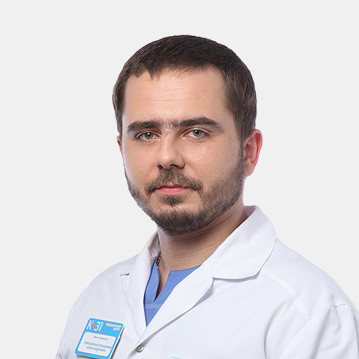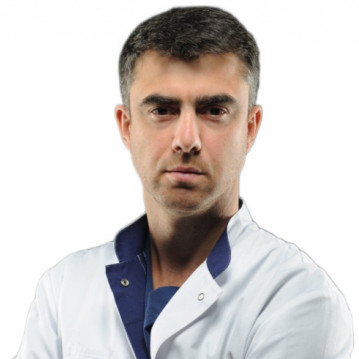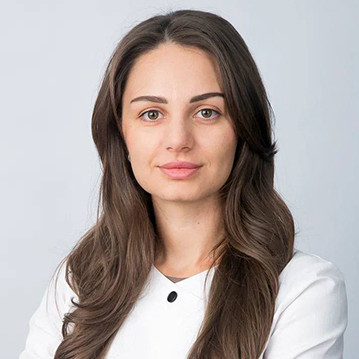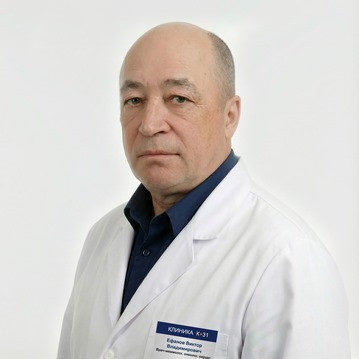A biopsy of breast neoplasms is a diagnostic manipulation, the purpose of which is to obtain tissue samples using punctures. For this, a fine needle puncture or a biopsy gun is used. Biopsy refers to the methods of minimally invasive surgery, since the intervention is performed without incisions.
The resulting material is sent for histological and cytological examination to determine the content of atypical cells. The main purpose of a biopsy is to help diagnose breast diseases. The method makes it possible to determine, with a high degree of certainty, whether there is a tumor, what is its type and stage of development.
The clinic uses modern methods:
- Trephine biopsy - The advantage of a burrow biopsy is that a small sample of tissue is taken under ultrasound guidance. The specialist accurately hits the spot, without damaging nearby vessels and nerves. Ultrasound of the mammary glands is the safest and most affordable methods of hardware research.
- Fine needle aspiration biopsy - used to take the liquid contents of a breast cyst.
- Excisional biopsy - in this case, the complete removal of the breast tumor is performed with minimal damage to healthy tissue. If the formation was malignant, the patient is prescribed chemotherapy.
When is a biopsy performed?
All neoplasms that are suspicious in terms of oncology are subject to puncture. The accuracy of this diagnostic method reaches 99%. A breast biopsy is prescribed for:
- detection of neoplasms in the breast;
- bloody, purulent, or clear discharge from the nipple;
- deformation of the skin of the mammary gland, its wrinkling, the appearance of ulcers and cracks;
- chest pains;
- enlargement of the axillary lymph node on the corresponding side;
- deformity or retraction of the nipple.
What does a biopsy show?
A biopsy helps determine whether the tumor is benign or malignant. The treatment plan and the prognosis for recovery depend on this.
In K+31, punctuation breast biopsy under ultrasound control is carried out by experienced and sensitive specialists, who take the material for research as carefully as possible. You can also get a preliminary consultation with a mammologist, and then a detailed transcript of the results.
Restrictions and contraindications for biopsy
The doctor individually evaluates the potential benefits of the procedure and possible complications. Biopsy restrictions are:
- increased body temperature;
- pain in the cervical or thoracic spine;
- presence of a pacemaker.
Manipulation fails if:
- using other methods of examination, the benign nature of the neoplasm was previously established;
- there are ulcers or wounds at the injection site;
- diagnosed with a blood disorder that causes severe, poorly controlled bleeding.
It is not recommended to conduct a biopsy of neoplasms for pregnant and lactating women.




